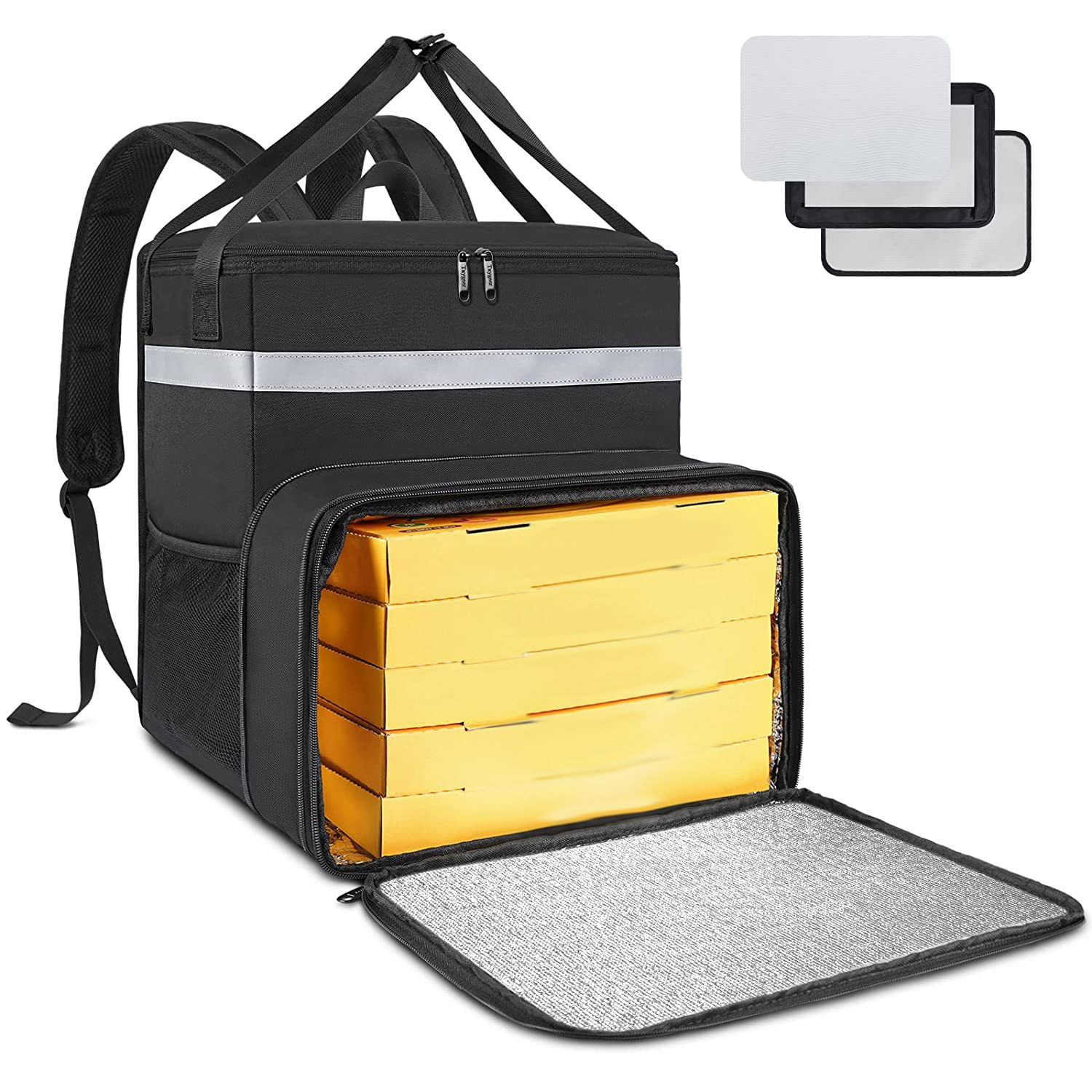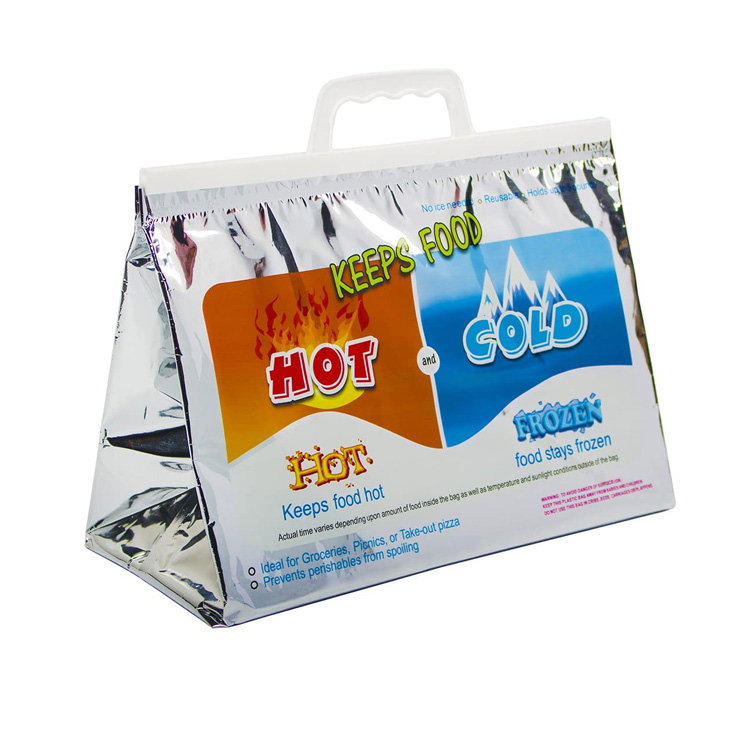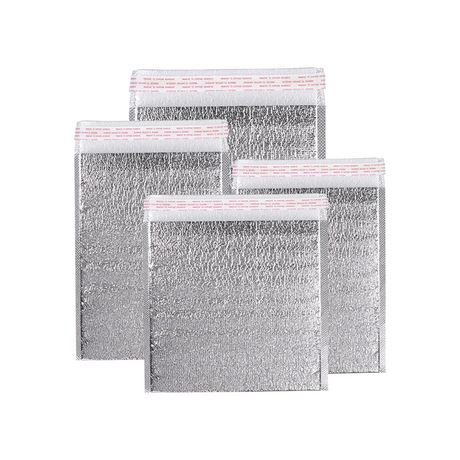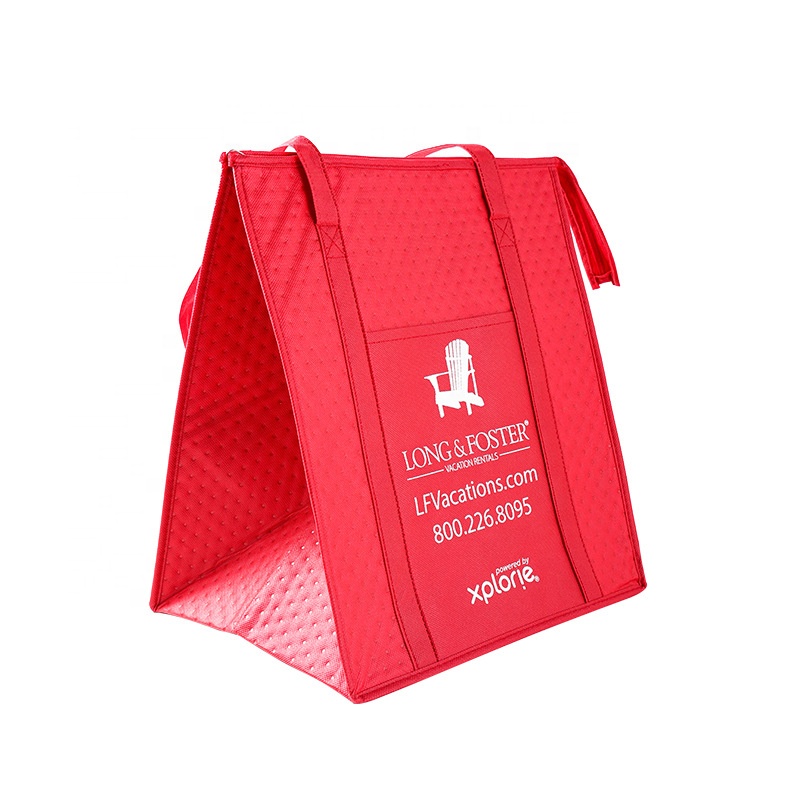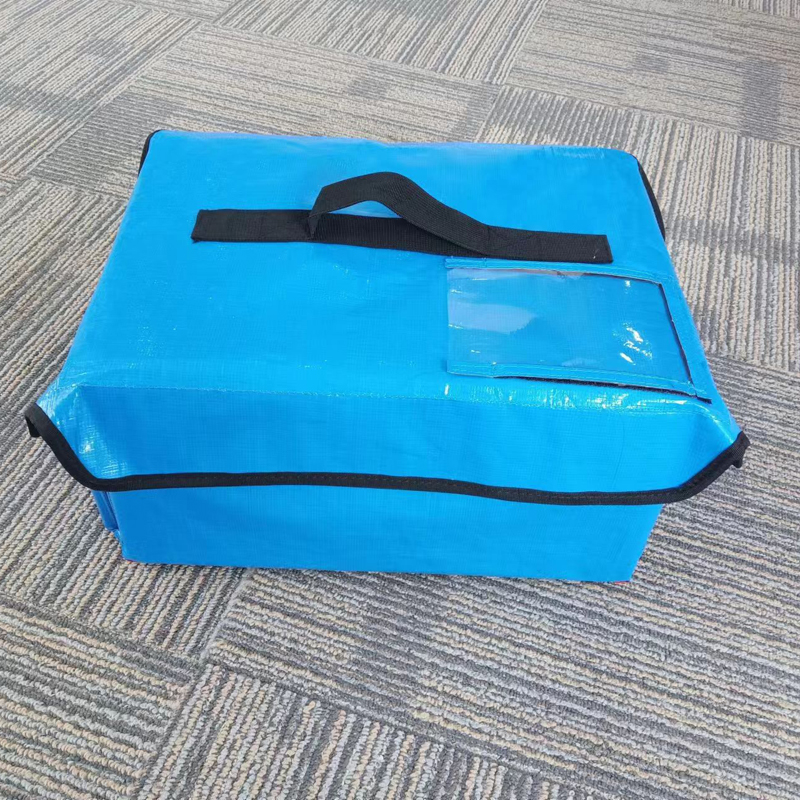تعتبر عبوات الثلج الجافة ذات قيمة عالية في مختلف التطبيقات, بما في ذلك العلاجات الطبية, الحفاظ على الطعام, والأنشطة في الهواء الطلق. لكن, التسريبات يمكن أن تعرض فعاليتها وتسبب الإزعاج أو حتى مخاطر السلامة. لضمان تظل عبوات الثلج الجافة موثوقة وخالية من التسرب, النظر في النصيحة المهنية التالية:
1. Choose High-Quality حزم الثلج
Select Reputable Brands: اختر حزم الثلج الجاف من الشركات المصنعة المهنية والمعروفة التي تلتزم بمعايير مراقبة الجودة الصارمة. من غير المرجح أن يكون لدى حزم الثلج عالية الجودة عيوب التصنيع, وبالتالي تقليل إمكانية التسريبات.
تحقق من جودة المواد: اختر حزم الثلج المصنوعة من دائمة, مواد مقاومة للثقب. هذه المواد بشكل أفضل تمنع التمزق والثقب.
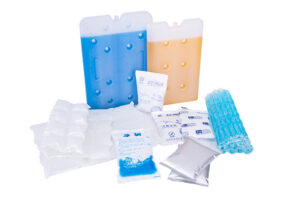
2. Inspect Before Use
Visual Inspection: قبل كل استخدام, تحقق بدقة من حزمة الثلج للحصول على أي علامات على الضرر, مثل الشقوق, الثقوب, أو الحواف التالفة. لا تستخدم حزم الثلج التالفة, لأنهم أكثر عرضة للتسرب.
تحقق من الأختام: تأكد من أن جميع أجزاء حزمة الثلج سليمة وآمنة. Defective seals may cause the ice pack to rupture during freezing or thawing due to expansion.
3. التخزين المناسب
Store in a Cool, Dry Place: Keep dry ice packs in a cool, dry environment, away from direct sunlight and extreme temperatures. Excessive heat can cause material aging, increasing the risk of leaks.
Use Protective Covers: عندما لا تكون قيد الاستخدام, store ice packs in protective covers or containers to prevent material aging, physical damage, and accidental punctures.
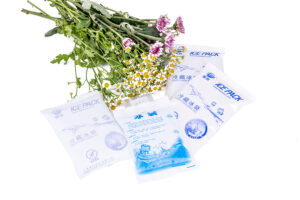
4. Handle with Care
Gentle Handling: Avoid dropping, squeezing, or applying excessive force to dry ice packs. Rough handling can create micro-cracks or damage the material, leading to leaks.
تجنب الأشياء الحادة: Keep ice packs away from sharp objects or other items that could accidentally puncture or tear the material.
5. Use Appropriate Containers
Protective Layers: When placing ice packs inside bags or containers, use an additional protective layer such as a towel or cloth. This provides extra cushioning and reduces the risk of punctures from external pressure or sharp edges.
Secure Placement: Ensure that ice packs are securely placed within their containers to prevent movement that could cause friction or accidental damage.
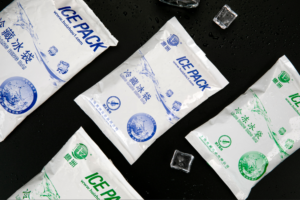
6. التحكم في درجة الحرارة
Gradual Freezing: Freeze ice packs gradually to reduce stress on the materials. Rapid temperature changes can make the ice pack brittle and more susceptible to cracking or leaking.
Avoid Freezing Empty Packs: Never freeze an empty ice pack. The lack of internal support can cause the pack to collapse or deform, leading to potential leaks when refilled.
7. Regular Maintenance
Proper Cleaning: بعد كل استخدام, clean the ice pack according to the manufacturer’s instructions. Remove any residue or contaminants that could degrade the material over time.
Thorough Drying: Ensure the ice pack is completely dry before storing it at room temperature. High temperatures can accelerate material aging, and moisture can weaken the material and promote mold growth, both of which can lead to leaks.

8. Follow Manufacturer Instructions
Adhere to Guidelines: Carefully read and follow all usage, cleaning, and storage instructions provided by the manufacturer. These guidelines are designed to maximize the product’s lifespan and performance.
Warranty Terms: Understand the terms and conditions of the warranty. Proper usage as per the manufacturer’s recommendations ensures that you remain covered in case of defects or premature leaks.
9. Use Protective Accessories
Protective Covers: Use protective sleeves or covers specifically designed for ice packs. These accessories add an extra layer of protection against punctures and abrasions.
Secure Fastenings: When using ice packs in medical or therapeutic settings, ensure they are securely fastened to prevent movement that could cause wear and tear.
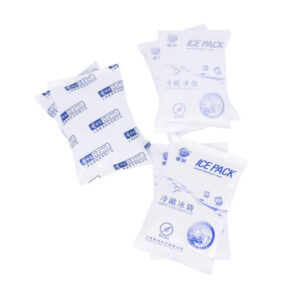
10. Invest in Leak-Proof Designs
Double-Layer Construction: Consider ice packs with a double-layer design, where the inner layer holds the cold medium and the outer layer provides additional protection to enhance leak resistance.
Advanced Sealing Technologies: Look for ice packs that incorporate advanced sealing technologies, such as heat-sealed edges or reinforced stitching, to improve leak resistance.
11. Replace When Necessary
Understand Lifespan: Be aware of the expected lifespan of your ice packs and replace them when they show significant wear, damage, or reduced performance.
Preventative Replacement: Even if there are no visible signs of leaks, consider periodically replacing older ice packs to ensure optimal performance and safety.

12. Emergency Preparedness
Leak Spill Kits: Keep spill kits or absorbent materials on hand in environments where ice packs are used to prevent damage or hazards caused by leaks.
Immediate Action: In the event of a leak, promptly clean and contain the affected area to prevent slipping, تلوث, or other potential issues.
خاتمة
Preventing dry ice pack leaks involves a combination of selecting high-quality products, handling them with care, adhering to proper usage and maintenance protocols, and being proactive in identifying and addressing potential issues. By following these professional advice, you can ensure that your dry ice packs remain reliable, effective, and safe for all your cooling needs. Proper care not only extends the lifespan of your ice packs but also enhances their performance, providing you with peace of mind in critical situations.







